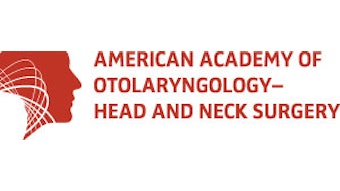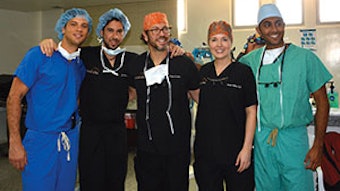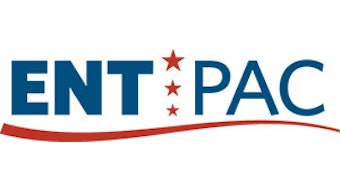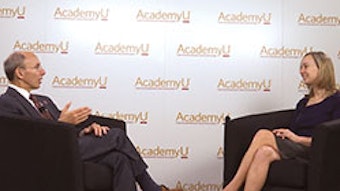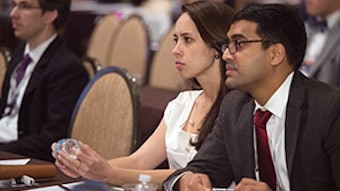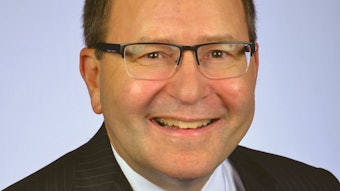Specialization or fragmentation? Expanded from the print edition
Who are we as otolaryngologists? We are physicians (MDs and DOs) trained to take care of medical and surgical problems of the ear, nose, throat, head, and neck. The American Board of Otolaryngology’s (ABOto) primary certificate qualifies us to practice “otolaryngology including general otolaryngology, otology, facial plastic surgery, head and neck surgery, and pediatric otolaryngology.”
 Sujana S. Chandrasekhar, MD
Sujana S. Chandrasekhar, MD
FAAO-HNS Past President
Why, then, specialization? In the April 2011 Bulletin, Michael D. Seidman, MD, and Brian J. Broker, MD, weighed in with a very thoughtful piece on this subject. Specialization’s benefit is the ability to advance knowledge and care of difficult or challenging clinical scenarios while targeting research. However, there is a risk of fragmentation of an already small field that then loses the ability to care for the overall population effectively. The concept of “focused expertise” certification has surfaced, and the American Board of Medical Specialties (ABMS) has sought comments from specialty boards and associations regarding this potentially divisive issue. The AAO-HNS responded to the ABMS with concerns that this proposal could further diminish surgical opportunities for resident otolaryngologists as well as other specialties and exacerbate concerns about the level of preparedness to enter practice following completion of a residency. We feel this will serve to further confuse the public and referring physicians as to which physicians should be managing various diseases. We also feel that it is certain to further divide the specialty much in the way that the current controversy over pediatric subspecialization has.
The ABOto and the AAO-HNS have consistently promoted the otolaryngologist’s qualifications and expertise to treat patients with disease processes as described on their board certificate. When the American Academy of Pediatrics (AAP) chose to single out pediatric otolaryngologists as the most appropriate group to treat children’s ENT disorders, on their consumer website, James C. Denneny III, MD, AAO-HNS/F EVP/ CEO, and I sent a letter to the AAP, asking them to modify their recommendations, pointing out that all otolaryngologists can treat common pediatric problems very effectively and that 400 pediatric otolaryngologists cannot effectively cover the general ENT care of 74 million American children.
Roughly one-third of general ENT practice is pediatric. A sizeable minority of specialty ENT practice, particularly otology, is also pediatric. Twenty percent of adult and 50 percent of pediatric primary care visits are for otolaryngologic complaints. Common pediatric ENT problems include, but are not limited to, acute otitis media, otitis media with effusion, tonsillitis, adenoiditis, rhinitis, and laryngotracheobronchitis. We would all agree that the vast majority of these cases can be managed safely and effectively by a properly trained general otolaryngologist.
As otolaryngologists, we are physicians who are all highly trained in the ear, nose, throat, and neck care of children and adults. We are a small specialty, but because nearly everyone has had an ENT illness at one time, and because our staff is so diligent on Capitol Hill and in the media, we have a disproportionately loud voice. General ENTs can provide much of otolaryngologic care. Specialty ENTs should take care of those patients whose ENT issues or overall health circumstances make their cases complex. Establishing a true synergy between general and specialty otolaryngology will keep our profession strong and growing.
Benjamin Franklin said, “We must all hang together or, assuredly, we shall all hang separately.” In 1751, to support the creation of Pennsylvania Hospital, he said, but “the Good particular Men may do separately, in relieving the Sick, is small, compared with what they may do collectively, or by a joint Endeavour and Interest.” Our joint endeavor—our ability to hang together—is the AAO-HNS, which wields power to effect change in media and public perception, and influence policy decisions. This unity benefits general and specialty otolaryngologists, and all of our patients, by allowing us the opportunity and freedom to practice the spectrum of otolaryngology our expertise justifies.
References
- Tunkel DE, Cull WL, Jewett EB, Brotherton SE, Britton CV, Mulvey HJ. Practice of Pediatric Otolaryngology: Results of the Future of Pediatric Education II Project. Arch Otolaryngol Head Neck Surg.2002;128(7):759-764.
- https://www.healthychildren.org/English/family-life/health-management/pediatric-specialists/Pages/What-is-a-Pediatric-Otolaryngologist.aspx
- Neuwahl S, Fraher E, Pillsbury H, Weissler MC, Ricketts T, Gaul K. Trends in the otolaryngology workforce in the U.S. Bull Am Coll Surg. 2012;97(3):30-34.
- Kishve SP, Kumar N, Kishve PS, Aarif SMM, Kalakoti P. Ear, nose and throat disorders in paediatric patients at a rural hospital in India. Australasian Med J. 2010;3(12): 786-790.
- Hu A, Sardesai MG, Meyer TK. A need for otolaryngology education among primary care providers. Med Ed Online. 2012;17:10.
- Seidman MA, Broker BJ. The growing fragmentation of otolaryngology-head and neck surgery. AAO-HNS Bulletin. 2011;April:12.



